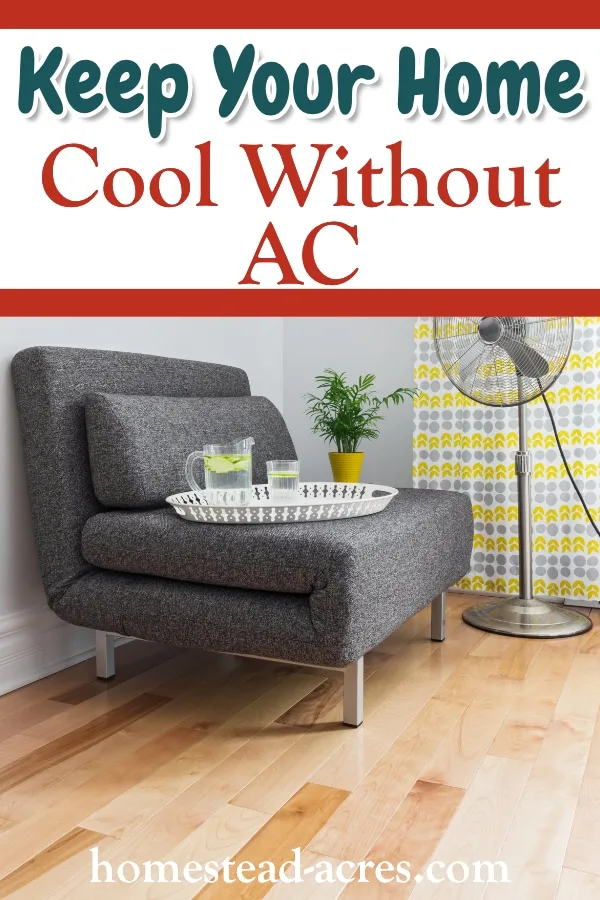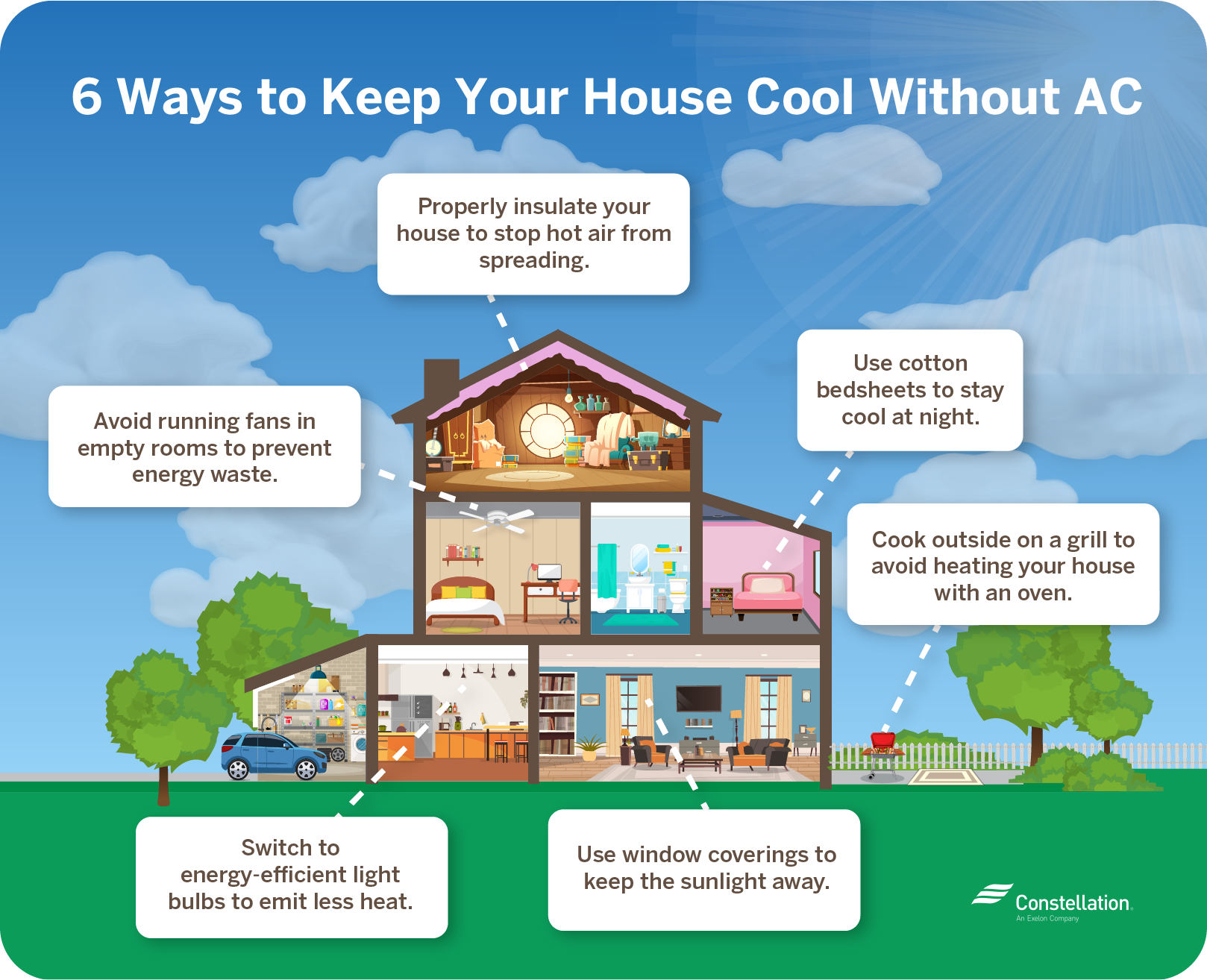How To Make It Cooler In Your Room Without Ac

The summer heat is relentless. For many, the rising temperatures bring more than just discomfort; they pose a significant challenge to maintaining a livable indoor environment. With energy costs soaring and concerns about the environmental impact of air conditioning growing, individuals are increasingly seeking alternative, effective, and affordable ways to cool their living spaces.
This article delves into proven strategies to lower room temperature without relying on air conditioning. These methods encompass simple behavioral adjustments, strategic use of ventilation, harnessing the power of evaporation, and making targeted improvements to home insulation. By understanding and implementing these techniques, individuals can create a cooler, more comfortable, and sustainable living environment.
Understanding Heat Sources and Management
Identifying and mitigating heat sources is the first step towards a cooler room. Sunlight streaming through windows can significantly raise the indoor temperature. Close curtains, blinds, or shades during the hottest part of the day, particularly on south-facing windows. Blackout curtains are especially effective at blocking out sunlight and reducing heat gain, according to the U.S. Department of Energy.
Electrical appliances generate heat, even when not in use. Unplug chargers, turn off computers, and avoid using the oven during the hottest hours. Switching to LED light bulbs can also reduce heat output compared to traditional incandescent bulbs. The Environmental Protection Agency (EPA) emphasizes the energy efficiency benefits of LED lighting.
Harnessing Ventilation and Airflow
Proper ventilation can help remove hot air and promote cooler airflow. Opening windows during cooler hours, such as early morning or late evening, allows fresh air to circulate. Use fans to create a cross breeze, drawing cooler air in through one window and exhausting warm air out through another. Strategic fan placement is key.
Ceiling fans, when rotating counter-clockwise in the summer, push cool air down, creating a more comfortable environment. Box fans placed in windows can effectively exhaust hot air, while tower fans provide localized cooling. Keep windows and doors closed during the hottest parts of the day to trap cool air inside.
The Power of Evaporation
Evaporation is a natural cooling process that can be harnessed to lower room temperature. Hanging a damp sheet or towel in front of an open window allows the breeze to evaporate the water, cooling the air as it passes through. You can also place a bowl of ice water in front of a fan to create a similar effect. This mimics the principle of evaporative coolers, also known as swamp coolers.
Misting yourself with a spray bottle can also provide temporary relief from the heat. The evaporation of water from your skin draws heat away, creating a cooling sensation. Taking a cool shower or bath can also lower your body temperature and make you feel more comfortable.
Improving Home Insulation
Proper insulation is crucial for keeping heat out during the summer and retaining it during the winter. Adding insulation to your attic is one of the most effective ways to reduce heat gain. According to the North American Insulation Manufacturers Association (NAIMA), adequate attic insulation can significantly reduce energy consumption.
Seal any cracks or gaps around windows and doors to prevent hot air from entering. Weather stripping and caulk can be used to effectively seal these areas. Consider using reflective window film to reduce the amount of solar heat that enters your home. These films can block up to 70% of solar heat, as stated by Energy.gov.
Lifestyle Adjustments and Smart Choices
Making simple lifestyle adjustments can also contribute to a cooler living environment. Dress in loose-fitting, light-colored clothing that allows your skin to breathe. Avoid strenuous activities during the hottest part of the day. Drink plenty of water to stay hydrated, as dehydration can make you feel hotter.
Cooking indoors can generate a significant amount of heat. Opt for grilling outdoors or preparing meals that require minimal cooking. Consider using a slow cooker or pressure cooker, which generate less heat than traditional ovens. Eating smaller, more frequent meals can also help regulate your body temperature.
Long-Term Strategies for a Cooler Home
For those seeking more permanent solutions, consider planting trees or shrubs around your home to provide shade. Deciduous trees, which lose their leaves in the winter, are ideal because they provide shade in the summer and allow sunlight to reach your home in the winter. Green roofs, or roofs covered with vegetation, can also significantly reduce heat gain.
Consider investing in energy-efficient windows, such as double-paned or low-E windows. These windows are designed to reduce heat transfer, keeping your home cooler in the summer and warmer in the winter. Regularly maintain your existing windows and doors to ensure they are properly sealed and insulated.
Looking Ahead: Sustainable Cooling Solutions
As climate change continues to drive temperatures higher, the need for sustainable cooling solutions will only increase. Passive cooling techniques, which rely on natural ventilation and shading, are gaining popularity. Innovations in building materials, such as cool roofs and phase-change materials, offer promising ways to reduce heat absorption and regulate indoor temperature.
Community-based initiatives, such as cooling centers and public shade structures, can provide relief for vulnerable populations during extreme heat events. Educating the public about effective heat mitigation strategies is crucial for promoting resilience and protecting public health. By embracing a combination of individual actions, technological advancements, and community efforts, we can create cooler, more comfortable, and more sustainable living environments for all.


















